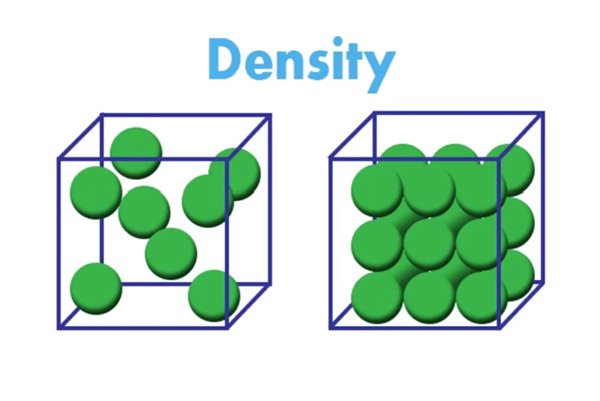Bulk density and relative density (also called true density or specific gravity) are two different physical properties of silica fume.
Bulk Density
Bulk density refers to the mass of silica fume per unit volume, including the spaces between particles.
It represents how tightly the powder is packed.
Typical range:
- Undensified silica fume: 150–350 kg/m³
- Densified silica fume: 400–720 kg/m³
Affected by: particle size distribution, surface roughness, humidity, and the degree of densification.
Relative Density (True Density)
Relative density describes the density of the solid material itself, excluding any voids or air spaces, compared to the density of water.
It is measured using a pycnometer or gas displacement method.
-
Typical value for silica fume: 2.20–2.25 g/cm³
Comparison Table
| Property | Meaning | Includes Voids? | Typical Value (Silica Fume) | Unit |
|---|---|---|---|---|
| Bulk Density | Density of the loose powder | Yes | 150–720 | kg/m³ |
| Relative Density (True Density) | Density of the solid material itself | No | 2.20–2.25 | g/cm³ |
In short:
🔹 Bulk density shows how compact the powder is.
🔹 Relative density shows how dense the silica fume particles themselves are.


